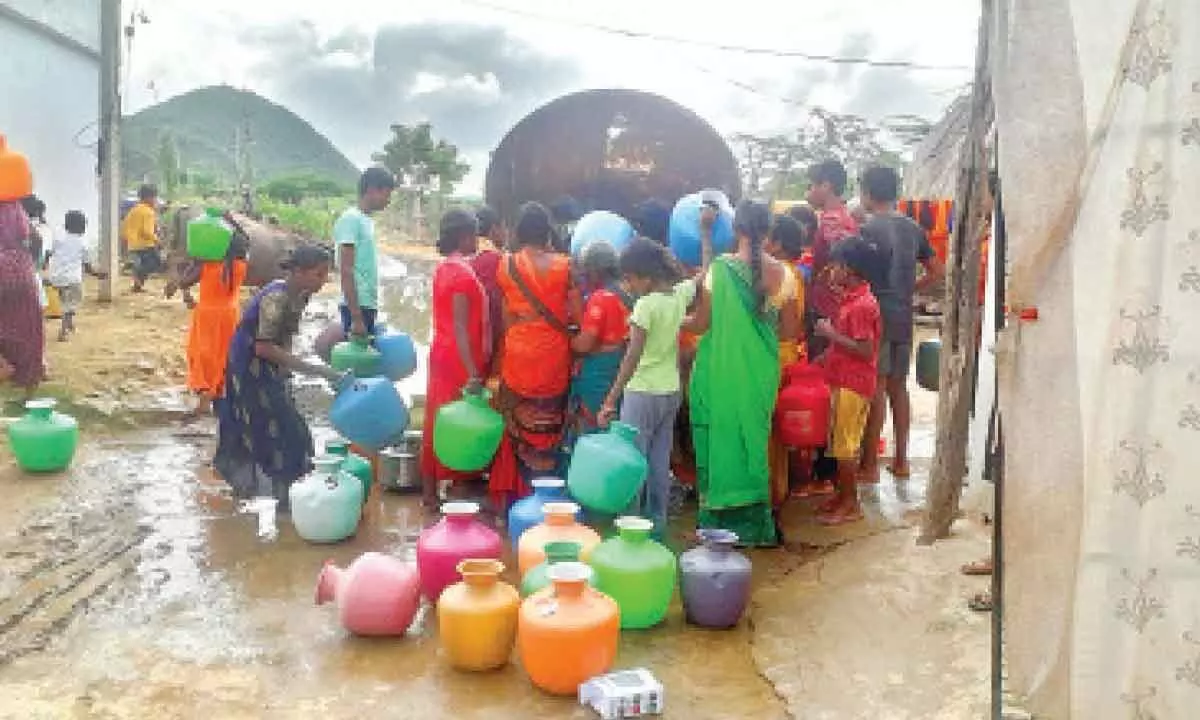Live
- Foundation Stone Laid for New Power Substations in Wanaparthy Constituency
- Emami Unveils Smart And Handsome: A Bold New Identity for the Future of Men's Grooming
- KL College of Pharmacy Advancing Healthcare Innovations and Research in Neuropharmacology and Novel Drug Delivery Systems
- Free online seminar on Cybersecurity Careers
- Coal mine tragedy: Navy divers return as pumping operations continue to rescue labourers
- Scholarships for Students
- Trinamool to expel leader arrested in Bengal councillor murder case
- We've got quality local & international players in SA20: League commissioner Graeme Smith
- Fake call centre busted in Gurugram, 11 arrested
- AAP, BJP spar over Jat quota; Kejriwal vows to fight only from one seat









